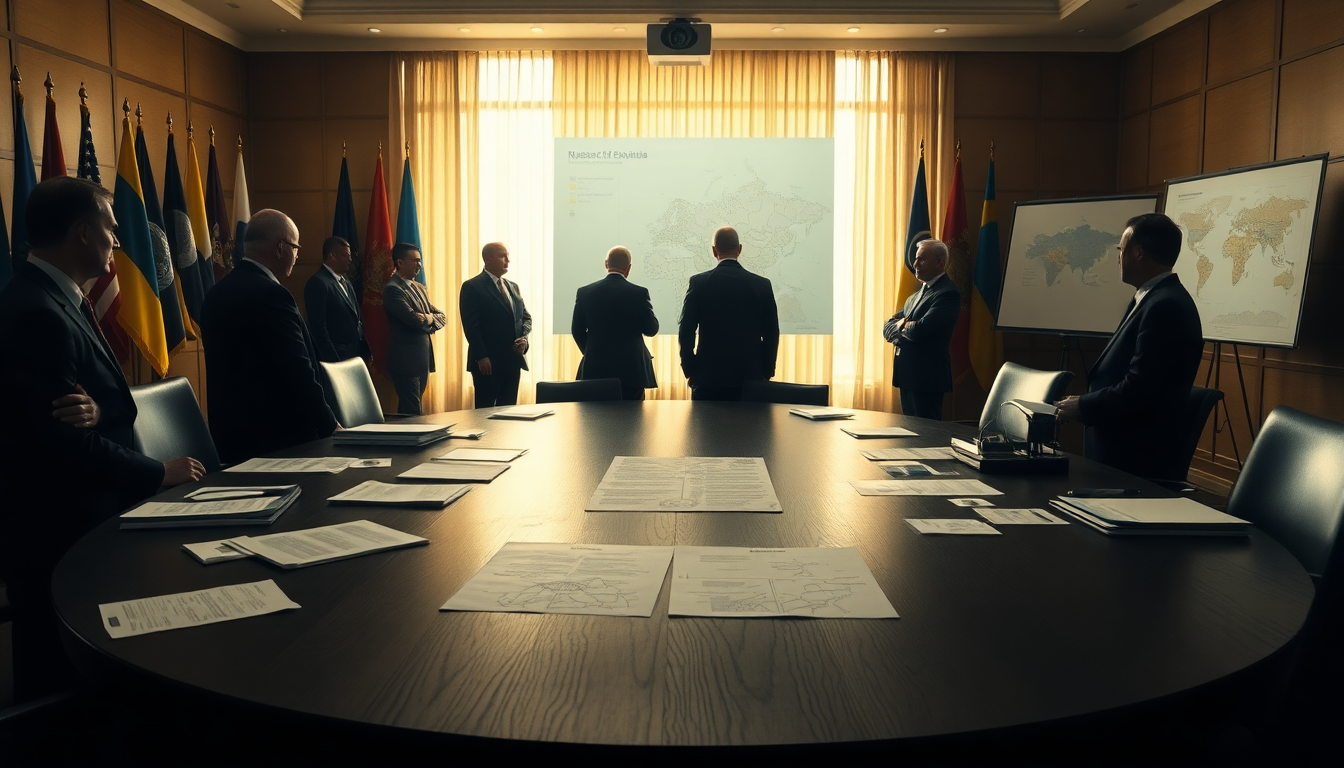Table of Contents
The ongoing conflict between Russia and Ukraine has captured the world’s attention, prompting a flurry of diplomatic efforts aimed at finding a resolution. Recently, U.S. President Donald Trump’s special envoy, Keith Kellogg, expressed optimism about the chances of ending this three-year war. But can we really trust these negotiations? Many officials stress that robust security guarantees are crucial to address Ukraine’s fears of future invasions from Russia.
The Current State of Negotiations
In Kyiv, Kellogg underscored the urgent need for security guarantees for Ukraine, aiming to strengthen the nation’s defenses against potential aggressors. These guarantees are vital for reassuring Ukraine and creating a favorable atmosphere for peace talks. However, the path to peace isn’t smooth; skepticism lingers about the feasibility of a settlement, especially after Russian officials recently downplayed the likelihood of an imminent summit between President Vladimir Putin and Ukrainian President Volodymyr Zelenskyy.
Amid these discussions, the steady stream of international leaders visiting Kyiv highlights the seriousness surrounding peace initiatives. For example, Canadian Prime Minister Mark Carney recently promised substantial financial aid to Ukraine, which showcases the commitment of allied nations to support this war-torn region. Moreover, talks with NATO Secretary General Mark Rutte and Germany’s Vice Chancellor, Lars Klingbeil, revealed a shared determination to explore ways to sustain support for Ukraine as the conflict continues.
International Involvement and Its Implications
The participation of various countries, especially those bordering Russia, illustrates the wider implications of this conflict. Norway’s Prime Minister Jonas Gahr Store emphasized the crucial need for Ukraine to defend its territorial integrity, reflecting a European consensus on supporting Ukraine amid ongoing Russian aggression. Norway’s pledge of considerable military resources further underscores the strategic importance of Ukraine in the geopolitical landscape.
As the conflict drags on, analysts suggest that President Putin might think he can outlast the resolve of Western governments. By leveraging his military strength, he could be aiming to seize more Ukrainian territory while peace talks are still in play. This complex dance between military strategy and diplomatic negotiations raises critical questions about what the future holds for this conflict and the possibility of lasting peace.
The Outlook for Peace and Regional Stability
Looking ahead, the situation remains fluid, with both sides ready to shift their strategies. Recent drone attacks from Ukrainian forces targeting Russian infrastructure, coupled with Russia’s interception of Ukrainian drones, highlight an ongoing cycle of escalation. Such developments remind us that a comprehensive approach to peace is essential—one that addresses immediate security concerns while also considering the long-term aspirations of the Ukrainian people.
As efforts to negotiate peace persist, the international community must remain vigilant and proactive in supporting Ukraine. The outcome of these discussions will not only shape Ukraine’s future but also have significant ramifications for regional stability and international relations. The coming weeks and months are crucial in determining whether we can achieve meaningful progress toward peace in Ukraine. Will the global community rise to the occasion? Only time will tell.


